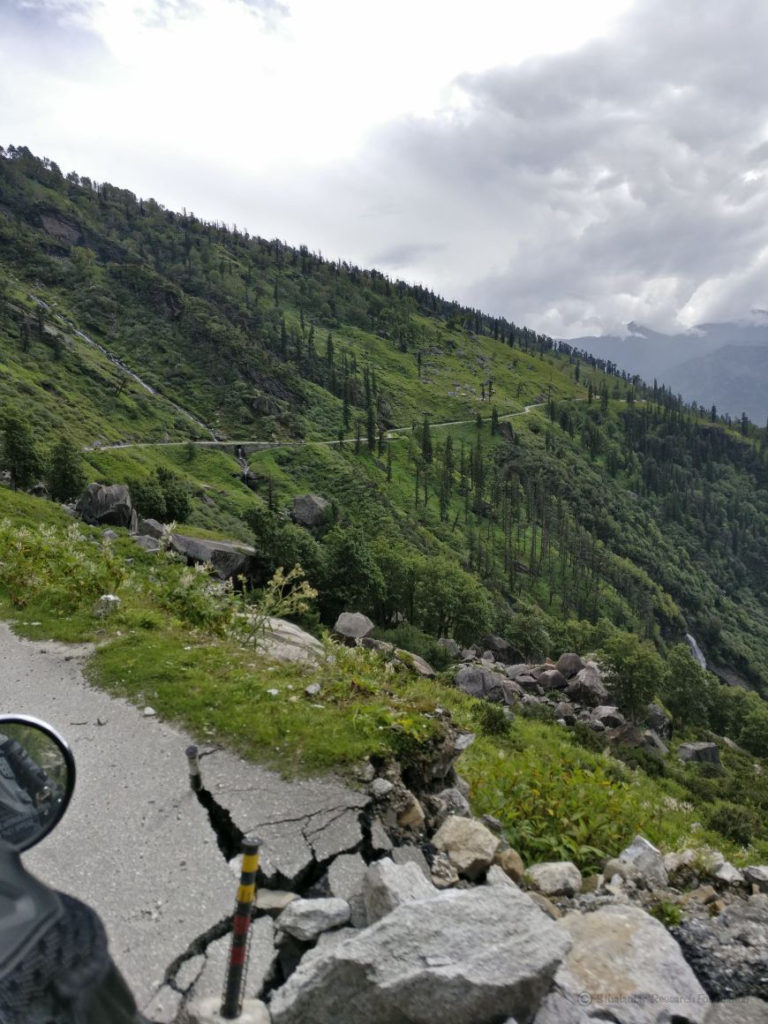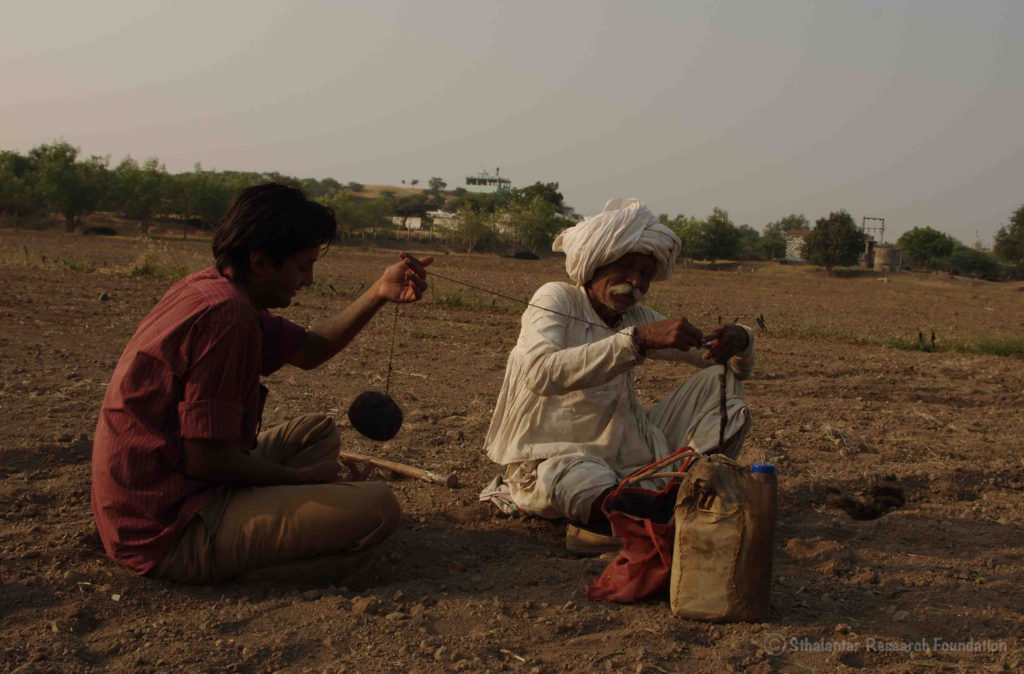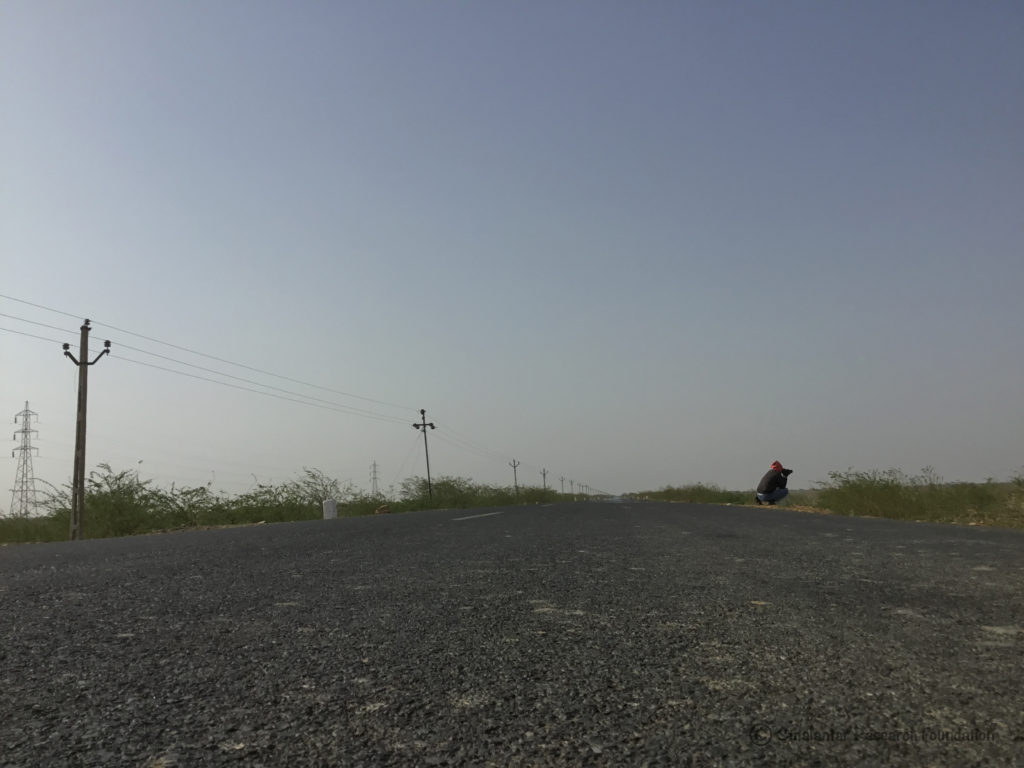
Dear Reader, I am glad that through this collaboration between Sthalantar and Itisaras we are able to present some unique stories of Indigenous India. The focus of the edition is to enunciate stories of our diverse indigenous cultures of India. Today, in this conversation I am hoping to share the origin of Sthalantar Research Foundation. For this I entreat the reader to follow my complex train of thought.
Traversing through Himalayas, I experienced one of my best days on earth. Dr. Salpeteur, an Anthropologist from France gave me my first real job by appointing me as his Field Research Assistant. The Simulpast project was aimed to undertake ethno-anthropological research among the Rabari community of Kutch by living, migrating and experiencing first-hand the life of a Rabari. I entered the intriguing world of indigenous arts with Adivasi Academy, Tejgarh wherein I surveyed eight states of India for Lalit Kala Akademi. The aim was to survey, document, and organise workshops on indigenous arts of India. I experienced and documented several indigenous Mela’s, collated modules on varied subjects for Sahapedia, created documentaries and finally decided to establish an institution to work instead of experiencing. Guess what! Himalayas called me back. The first project we bagged was to document the traditional dance and music of ten indigenous communities of Sikkim.
I may sound here as a lot I, ME and MYSELF but please grant me your patience. Throughout the journey questions have kept giving me sleepless nights. What is the depth of Indian diversity? What is Indian Indigeneity? Why despite being a student of social sciences am I still so ignorant? Why, when I share my stories with friends and family is the emotion amazement rather than knowledge? The answers never came but maybe there is light at the end of the tunnel.
The journey I experienced had many junctions, different modes of transport, many tedious, very few easy, stability non-existent, lot of criticism, collapsed self-belief, but the journey continued. The story of the thirsty crow or as two mind-reading Bambaiya friends of mine call him the ‘Shana Kauva’, I travelled, interacted, observed, posed questions, wrote, documented among other experiments or went to the source of the well and slowly dropped pebbles and have attempted to quench my thirst.

So, what is the status of the journey? It is still at crossroads but with the birth of Sthalantar in 2019 a directive thought is taking shape. The thought is screaming a single word over and over in my head. INFORMATION! INFORMATION! INFORMATION! The word may explain itself most but it has such different layers. In my personal opinion, India lacks public opinion on indigeneity. The Usain Bolt speed at which we want to run makes us miss a zillion-things. The task towards shaping a public opinion begins with creating information which is in sync with the times of the age. Information should be able to raise an opinion on the subject irrespectively if it may be biased, prejudicial, critical, negative, positive, sympathetic, has empathy among other opinions but at least it is an informative awareness.

Sthalantar in Gujarati means migration but breaking the word further down gives us ‘Sthal’ location and ‘Antar’ meaning distance. The distance between destinations like awareness, knowledge, opinion and understanding takes the path of careful documentation, collation of knowledge, showcase insiders perspective, informative dissemination in sync with modern utilitarian lifestyle and continuing the journey which will eventually give each one of us the right to say India is the Land of Diversity…
This article is brought to you in collaboration with Sthalantar Foundation. For more information on their work, visit https://www.instagram.com/sthalantarfoundation/ or https://www.youtube.com/channel/UC60gCfqyGmr1YTp7P4RnobQ
Hanoz HR Patel is a historian and a museologist who has exclusively conducted ethnographic research and documentation of the indigenous culture and heritage of India. He is the founder of Sthalantar Research Foundation which is designed to redefine the existing interpretations of art, culture, heritage and knowledge systems of the indigenous communities of India.


